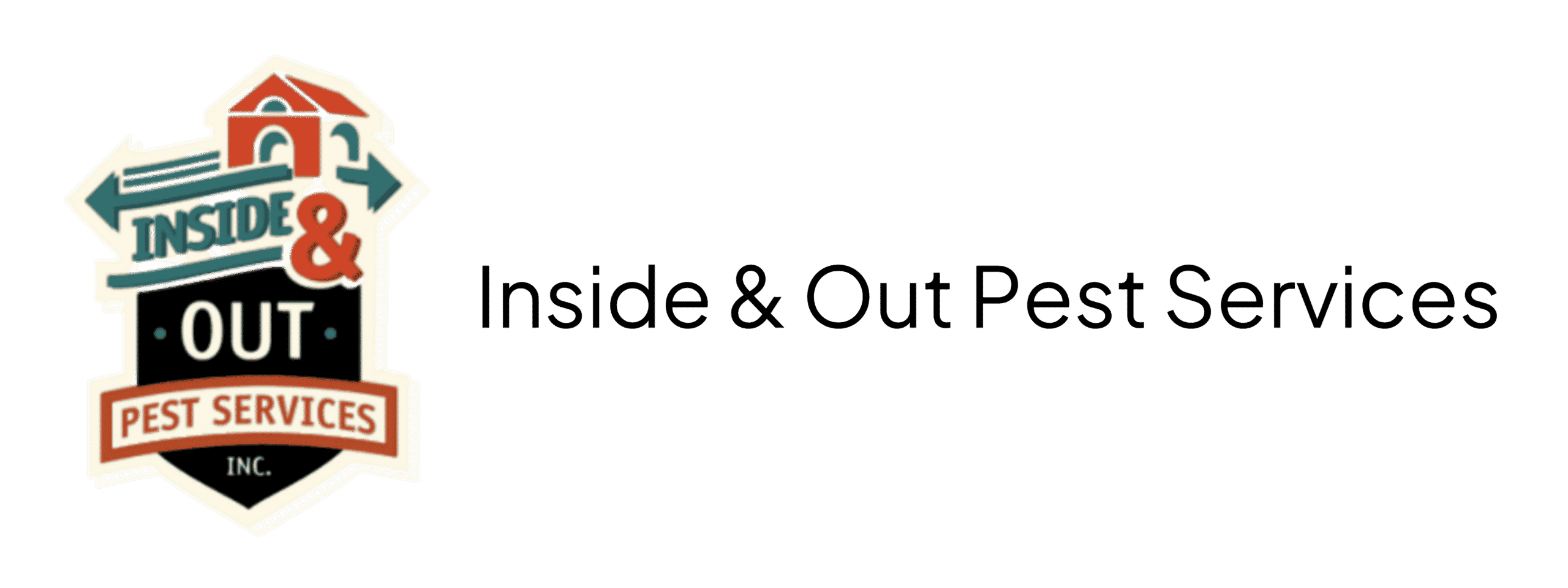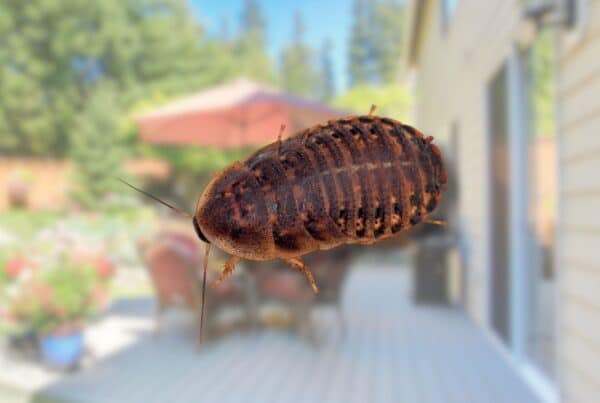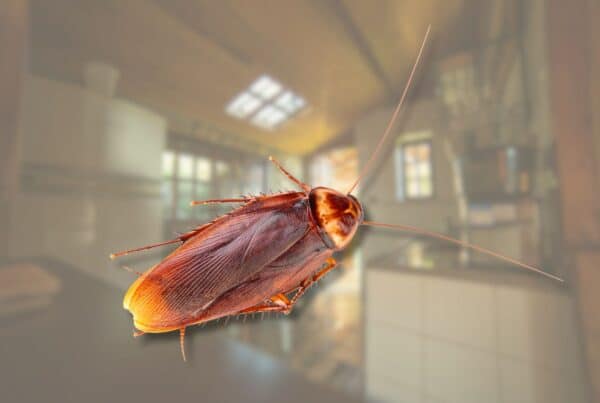If you’ve ever found a cockroach in your kitchen and thought, “How did that even get in here?“, you’re definitely not alone. Roaches are one of the most persistent and unwanted pests in Florida homes, and they’re great at sneaking in through spaces you wouldn’t expect.
In this guide, we’ll explain exactly how roaches get into your house, why they choose your home, and what you can do to keep them out for good. We’ll also share practical steps, local insights, and when it’s time to call in a pro.
Why Roaches Keep Getting Into Homes
Roaches don’t care if your house is spotless. While they are often associated with dirt or clutter, the truth is they are opportunistic pests. If they can find food, water, and shelter, they’ll stick around.
Florida’s warm, humid climate gives them a head start. Combine that with small cracks or tiny gaps around your home, and you’ve created an easy entry point for cockroaches, especially species like American and German roaches.
These pests are more than just annoying. The CDC reports that cockroaches can carry bacteria like E. coli and salmonella. Their droppings and shed skin can also trigger asthma attacks, especially in children and older adults.
Understanding how and why they get inside is key to stopping the cycle.
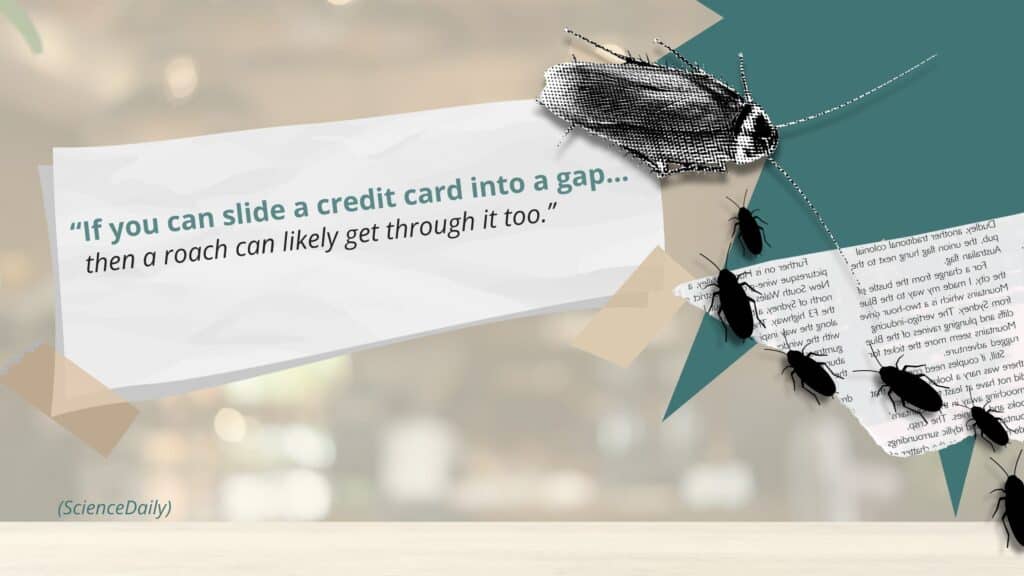
How Do Roaches Get Into Your House?
Roaches are experts at finding entry points that most homeowners overlook. Here are the most common ways they get inside:
- Gaps in doors and windows: Even a quarter-inch space is enough for a roach to squeeze through.
- Cracks in walls or foundations: These small openings around baseboards, utility lines, and foundations are easy entry points.
- Pipes and plumbing lines: Roaches often enter through areas where water pipes or cables come into the house, especially under sinks and behind toilets.
- Drains and garbage disposals: Roaches can crawl up through drainpipes, especially in bathrooms and kitchens.
- Grocery bags, packages, or secondhand furniture: Roaches often hitchhike inside boxes, bags, and even appliances.
- Connected units: If you live in an apartment, condo, or duplex, roaches can move between units through shared walls or ceilings.
Roaches can flatten their bodies to fit through extremely narrow spaces. If you can slide a credit card into a gap, a roach can likely get through it too.
What Makes Roaches Want to Stay?
Once roaches find a way inside, the next step is deciding whether to stick around. That usually depends on whether they find food, moisture, and a good hiding spot.
Here are the top things that attract roaches in a home:
- Crumbs and food residue: Even a few crumbs on the floor or grease behind your stove can keep them coming back.
- Unsealed pantry items: Roaches love starchy, sugary foods. Leaving items like cereal, rice, or flour unsealed is an open invitation.
- Pet food: Bowls left out overnight, especially with spilled kibble nearby, are a major roach magnet.
- Standing water: Leaky pipes, wet dish sponges, or even overwatered houseplants can provide the moisture they need.
- Cardboard and clutter: Roaches often hide in piles of cardboard, paper, or cluttered storage areas, especially in garages and closets.
In Florida, these problems are more noticeable in the summer and during rainy seasons when roaches head indoors to avoid excess heat or water.
How to Keep Roaches Out for Good
You don’t need fancy products or a full remodel to make your home roach-resistant. These simple but effective steps can help:
1. Seal All Entry Points
Use silicone caulk or weather stripping to seal cracks and gaps around windows, doors, baseboards, and utility lines. Don’t forget to check areas behind appliances and under sinks.
2. Fix Moisture Problems Fast
Roaches love moisture. Fix any leaky faucets, unclog drains, and dry out damp areas like bathrooms or laundry rooms. Using a dehumidifier can also help reduce moisture in crawlspaces or basements.
3. Keep Your Kitchen Clean
Wipe down countertops daily, sweep or vacuum floors, and avoid leaving dirty dishes in the sink overnight. Take the trash out regularly, and use trash cans with tight lids.
4. Store Food Properly
Keep dry goods in sealed containers. Don’t leave food out on counters, including pet food. Make sure fruits and vegetables are stored correctly or refrigerated.
5. Declutter Your Home
Limit cardboard, especially in garages or storage areas. Roaches hide and lay eggs in undisturbed piles of paper, boxes, and bags.
6. Install Mesh Covers Over Drains
In areas where you’re not using the drain often, especially in guest bathrooms or utility sinks, install a simple mesh cover to block pests from entering.
These are things you can do yourself, but if you’re already seeing signs of a roach problem, it may be too late for prevention alone.
Why You Shouldn’t Ignore a Roach Problem
A few roaches can turn into a full infestation quicker than you think. Female German cockroaches, for example, can lay up to 40 eggs at a time, and up to 300 offspring in a year.
Roaches are mostly active at night, so if you’re seeing them during the day, that usually means the infestation is already severe.
And once they settle in, they’re hard to get rid of without help. DIY sprays and traps might kill a few, but they rarely reach the hidden nests.
According to HomeAdvisor, homeowners typically spend $150 to $400 on roach extermination, but infestations in walls or multi-unit buildings can cost more.
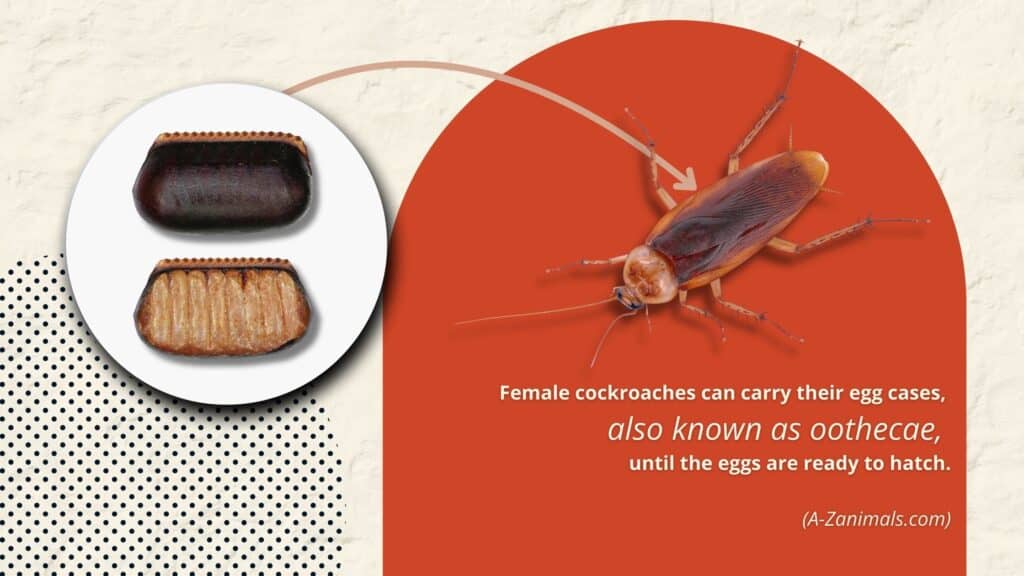
Other Maintenance Tips to Prevent Roaches
In addition to your daily habits, these long-term steps can help:
- Schedule quarterly pest inspections to catch problems early.
- Keep mulch, wood piles, and plants trimmed away from your foundation.
- Make sure gutters are clean and water drains away from your house.
- Use air sealing to keep outside air, and pests, from sneaking in.
- Consider pest barrier treatments around the perimeter of your home.
These strategies also help protect against other common Florida pests like ants, spiders, and silverfish.
When to Call a Professional
If you’ve tried prevention methods and roaches keep coming back, it’s time to call in an expert. Professional pest control services have tools and treatments that reach deep into nesting areas and break the breeding cycle.
Call a pro if:
- You’re seeing roaches during the day
- DIY methods haven’t worked
- You smell a musty odor or find droppings, egg casings, or shed skin
- You live in a multi-unit building and the issue is spreading
Inside & Out Pest Services can inspect to identify the source, and create a custom treatment plan that actually works.
Final Takeaway
Roaches get into your house by crawling through small gaps, drains, and plumbing lines. They stay when they find food, water, and a place to hide. Cleaning alone isn’t always enough, especially here in Florida where the climate is ideal for roaches to thrive.
Prevention works best when paired with routine maintenance and, when needed, professional help. If you want to stop the problem at the source and keep your home protected year-round, schedule with Inside & Out Pest Services today.
